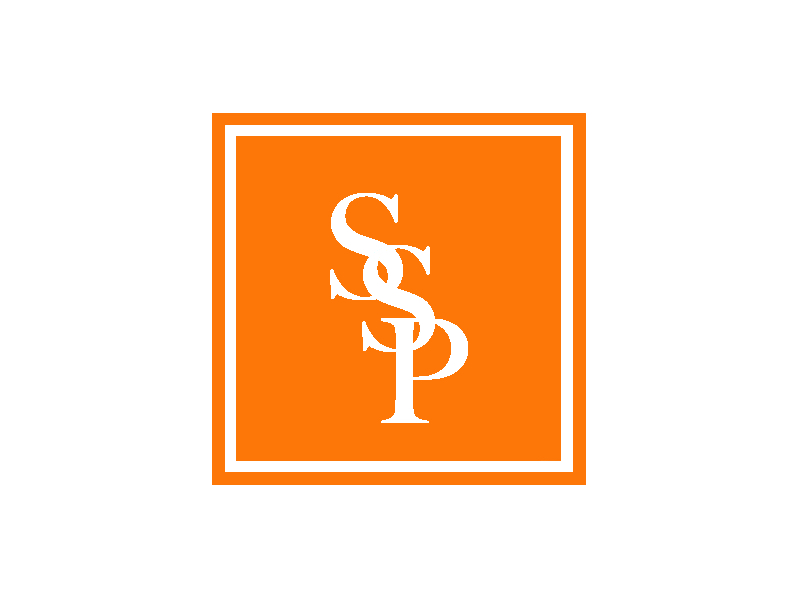RAW vs JPEG: Understanding the Key Differences for DSLR Photographers
When it comes to capturing photos with a DSLR camera, one of the key decisions you’ll need to make is whether to shoot in RAW or JPEG format. Both options have their own advantages and disadvantages, and understanding the differences between them can help you make an informed choice based on your specific needs and shooting scenarios.
What is RAW?
RAW is a file format that captures all the unprocessed data from the camera’s image sensor. Unlike JPEG files, RAW files contain the full range of data captured by the sensor, including information about color, brightness, and other image characteristics. This data is left unprocessed, allowing you to later adjust and manipulate the image using editing software like Adobe Lightroom or Capture One.
Advantages of RAW:
1. More flexibility in post-processing: RAW files provide more flexibility for adjusting exposure, white balance, contrast, and other image settings during post-processing. This allows you to recover details in highlights and shadows that might be lost in a JPEG file.
2. Higher image quality: RAW files capture more color and tonal information than JPEGs, resulting in higher image quality and more room for editing without introducing artifacts or degradation.
3. Greater bit depth: RAW files typically have a higher bit depth (e.g., 14-bit or 16-bit) compared to JPEGs, which are 8-bit files. This allows for smoother gradations and better editing capabilities.
Disadvantages of RAW:
1. Larger file sizes: RAW files are significantly larger than JPEGs, which means you’ll need more storage space and faster memory cards.
2. Requires post-processing: RAW files need to be processed and converted to a more widely usable format like JPEG or TIFF before they can be shared or printed.
3. Compatibility issues: Not all software and devices support RAW file formats, which can limit your ability to share or view the images without additional processing.
What is JPEG?
JPEG (Joint Photographic Experts Group) is a widely used image file format that compresses the image data to reduce file size. When you shoot in JPEG mode, your camera processes the image data from the sensor and applies various settings, such as white balance, contrast, and sharpening, before saving the file.
Advantages of JPEG:
1. Smaller file sizes: JPEG files are much smaller than RAW files, making them easier to store and share.
2. Widely compatible: JPEG is a universal file format that can be opened and viewed by most software and devices without any additional processing.
3. Ready-to-use: JPEG files are processed in-camera, so they’re ready to be shared or printed without any additional editing.
Disadvantages of JPEG:
1. Limited editing flexibility: JPEG files have less dynamic range and bit depth compared to RAW files, which means you have less room for adjustments in post-processing without introducing artifacts or quality loss.
2. Potential data loss: The compression process used in JPEG files can result in some data loss, especially if the compression level is set too high.
3. Limited ability to recover highlights and shadows: JPEG files have a more limited range for recovering details in highlights and shadows compared to RAW files.
Which Format Should You Choose?
The choice between RAW and JPEG ultimately depends on your shooting needs and preferences. If you’re a professional photographer or serious enthusiast who values maximum image quality and editing flexibility, shooting in RAW format is generally recommended. However, if you’re shooting for casual purposes or need to share images quickly without extensive post-processing, JPEG might be the more convenient option.
Many photographers opt to shoot in RAW+JPEG mode, which captures both file formats simultaneously. This allows you to have the best of both worlds – the editing flexibility of RAW files and the convenience of readily shareable JPEG files.
Ultimately, understanding the differences between RAW and JPEG formats can help you make an informed decision based on your specific needs and workflow.

